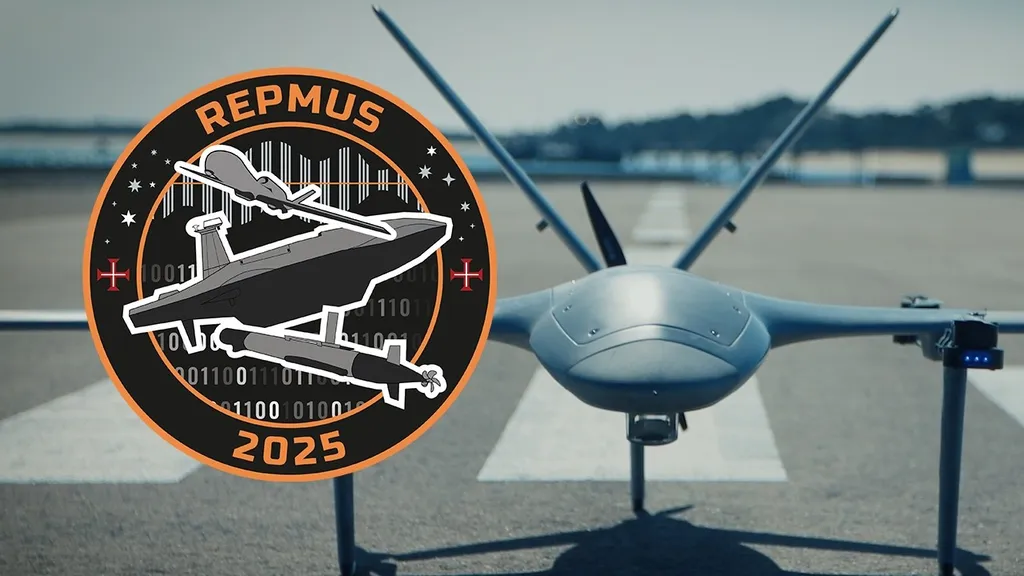The recent NATO-supported REPMUS 2025 exercise in Portugal has underscored the growing importance of unmanned systems in modern warfare, offering a glimpse into the future of naval and ground combat. For three weeks, 24 nations, including Ukraine, participated in the largest unmanned maritime systems exercise to date, pushing the boundaries of drone technology and tactical innovation.
The exercise, led by Portugal, saw participants divided into red and blue teams, engaging in simulated combat scenarios. Ukraine, a first-time participant, contributed valuable frontline experience as part of the adversarial red team. Captain Valter de Bulha Almeida of the Portuguese Navy highlighted the significance of Ukraine’s involvement, noting that their tactics and procedures provide critical insights for NATO allies. “The participation of Ukraine is very important because they bring to us the procedures and the tactics that they are doing on the frontline,” he said.
This year’s exercise placed a heavy emphasis on drones, reflecting their increasing prevalence in European militaries. The red team alone deployed 61 drones, 57 unmanned surface vehicles (USVs), and one unmanned ground vehicle. A notable addition to the challenge was daily jamming trials, designed to test drone resilience in combat-like environments—a crucial capability given the widespread use of GPS jamming by both Russia and Ukraine.
Beyond the tactical lessons, REPMUS 2025 also served as a proving ground for defence innovation. Tech companies, including French firm Akheros and German defence giant Rheinmetall, showcased cutting-edge systems. Akheros demonstrated a plug-in box for drones that uses artificial intelligence (AI) to analyse real-time data, even in heavily jammed environments. “The war in Ukraine has changed everything,” said Akheros’ representative, emphasising the shift towards asymmetric warfare where small, AI-equipped drones play a pivotal role.
Rheinmetall’s HERO system, a four-wing kamikaze drone, was another highlight. Capable of striking targets from 60 kilometres away, the HERO system underscores the need for long-range, low-risk engagement solutions. “We can launch from land, air, or sea, ensuring versatility and effectiveness,” said Matt McCarthy of UVision, a Rheinmetall partner.
The exercise also provided a platform for emerging technologies, such as the Finnish company Kelluu’s hydrogen-powered airship. Designed to operate in GPS-denied environments, the airship collects data to protect critical infrastructure—a necessity given Finland’s proximity to Russia and frequent GPS jamming. “We’ve tried multiple solutions and found some that work,” said Alex Salpani, head of operations at Kelluu.
The broader implications of REPMUS 2025 extend beyond tactical training. NATO’s Defence Innovation Accelerator for the North Atlantic (DIANA) is pushing for deeper integration of new technologies into military operations. “We need to test hard and plan for the future,” said James Appathurai, interim managing director at DIANA. The exercise’s free tech zone, a 2,600-square-kilometre area where companies, academics, and the military can experiment freely, exemplifies this approach.
As European defence spending rises, driven by geopolitical tensions and calls for greater NATO burden-sharing, exercises like REPMUS 2025 will play a pivotal role in shaping the future of military technology. The lessons learned here—from Ukraine’s frontline tactics to the resilience of AI-driven drones—will influence how NATO and its allies adapt to an evolving threat landscape. With the exercise concluding, the focus now shifts to integrating these innovations into operational doctrine, ensuring that the lessons of REPMUS 2025 translate into real-world capabilities.

